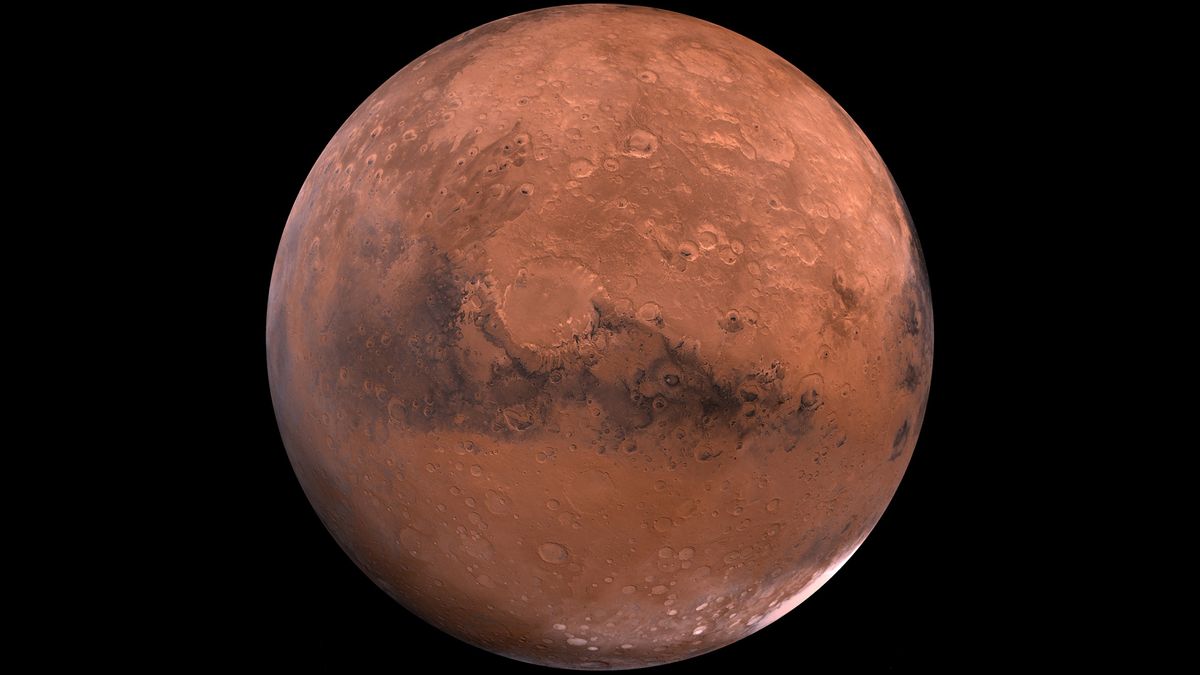Now Reading: Hidden Water Reservoir on Mars Unveiled by ‘Marsquake’ Discoveries
1
-
01
Hidden Water Reservoir on Mars Unveiled by ‘Marsquake’ Discoveries
Hidden Water Reservoir on Mars Unveiled by ‘Marsquake’ Discoveries

Rapid Summary
- Researchers have discovered evidence of liquid water beneath Mars’ surface using seismic data from “marsquakes.”
- The water is located at depths between 3.4 to 5 miles (5.4 to 8 kilometers) below the Martian crust, as revealed by slower seismic wave propagation.
- This study used a technique called “true-amplitude receiver functions,” adapted from oil exploration practices, which improved detection resolution.
- Altered basalts with high porosity in this underground layer are believed to hold water where temperatures exceed the freezing point.
- Findings indicate a potential global equivalent layer (GEL) of 520-780 meters of subsurface water, possibly coinciding with unexplained parts of Mars’ current water inventory.
- The finding could have implications for human missions and further studies on extraterrestrial life but acknowledges technological challenges in accessing the subsurface water.
- These insights were gathered solely from the Elysium Planitia region near Mars’ equator and may not reflect conditions across the entire planet.
Stay Informed With the Latest & Most Important News
Previous Post
Next Post
Loading Next Post...

























